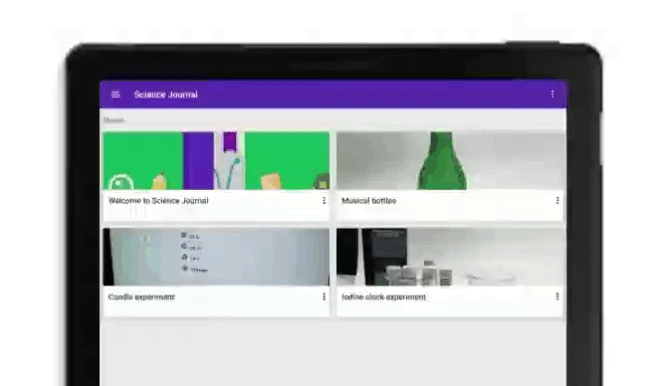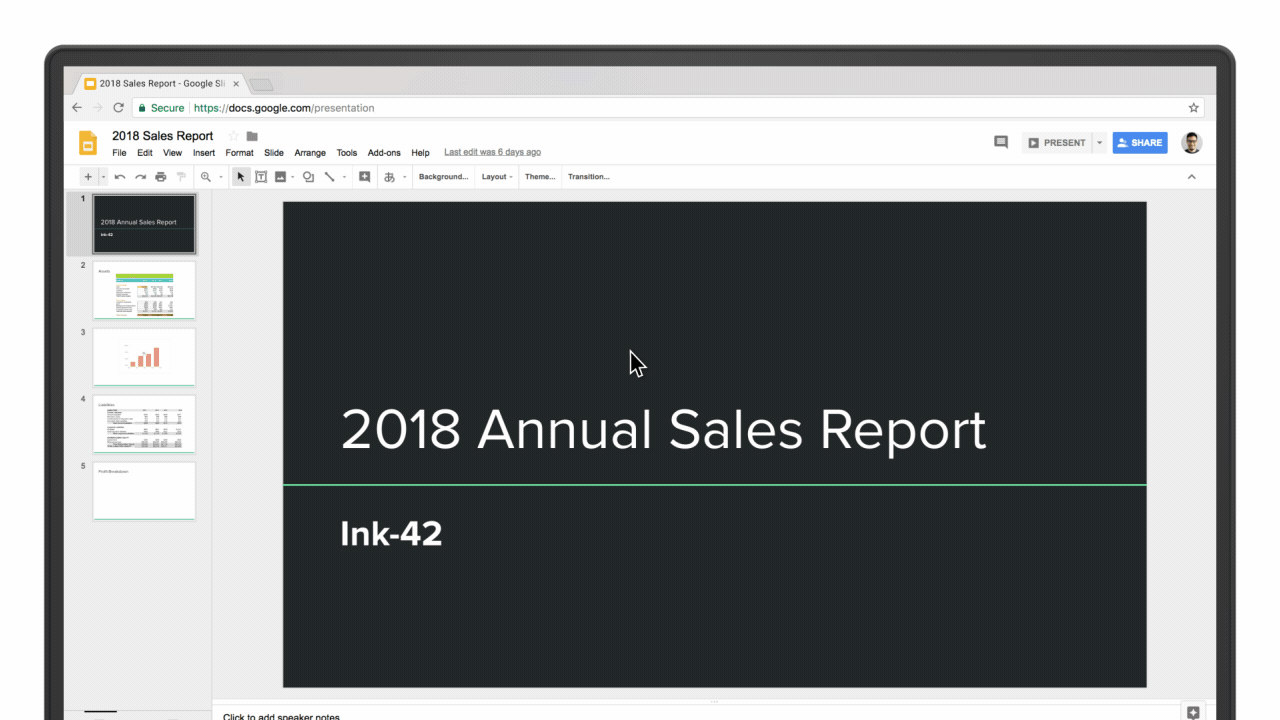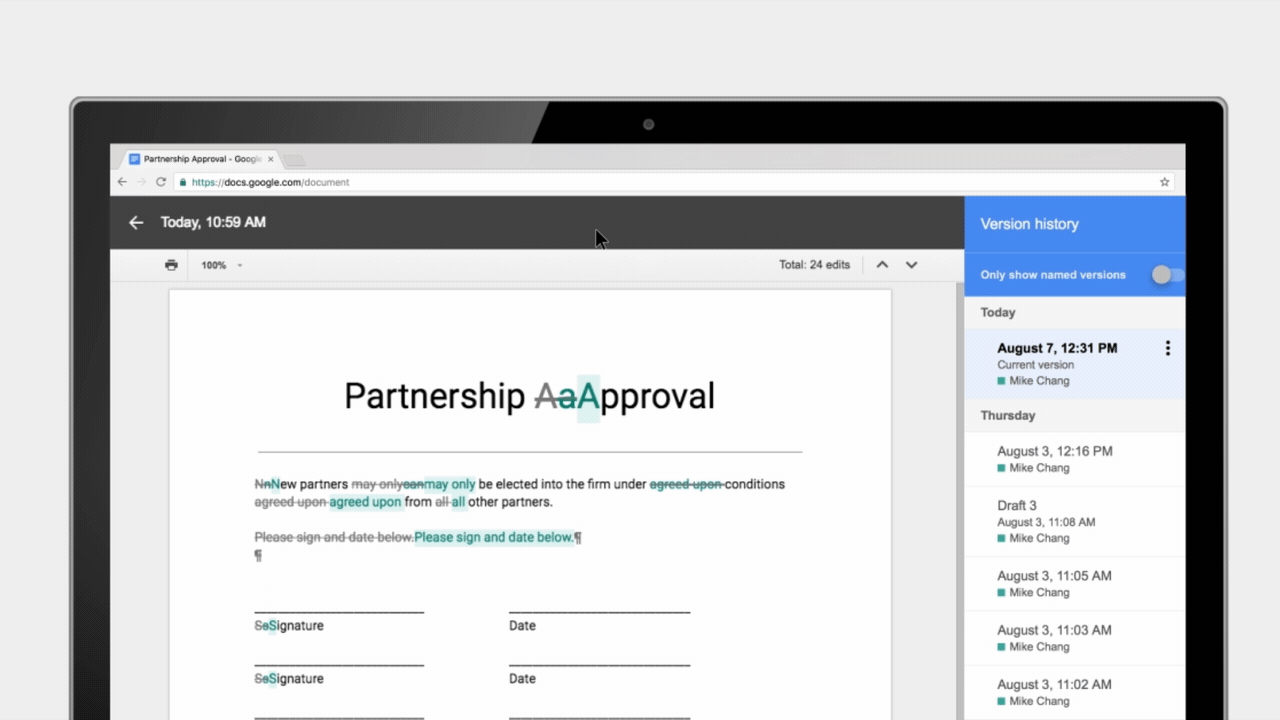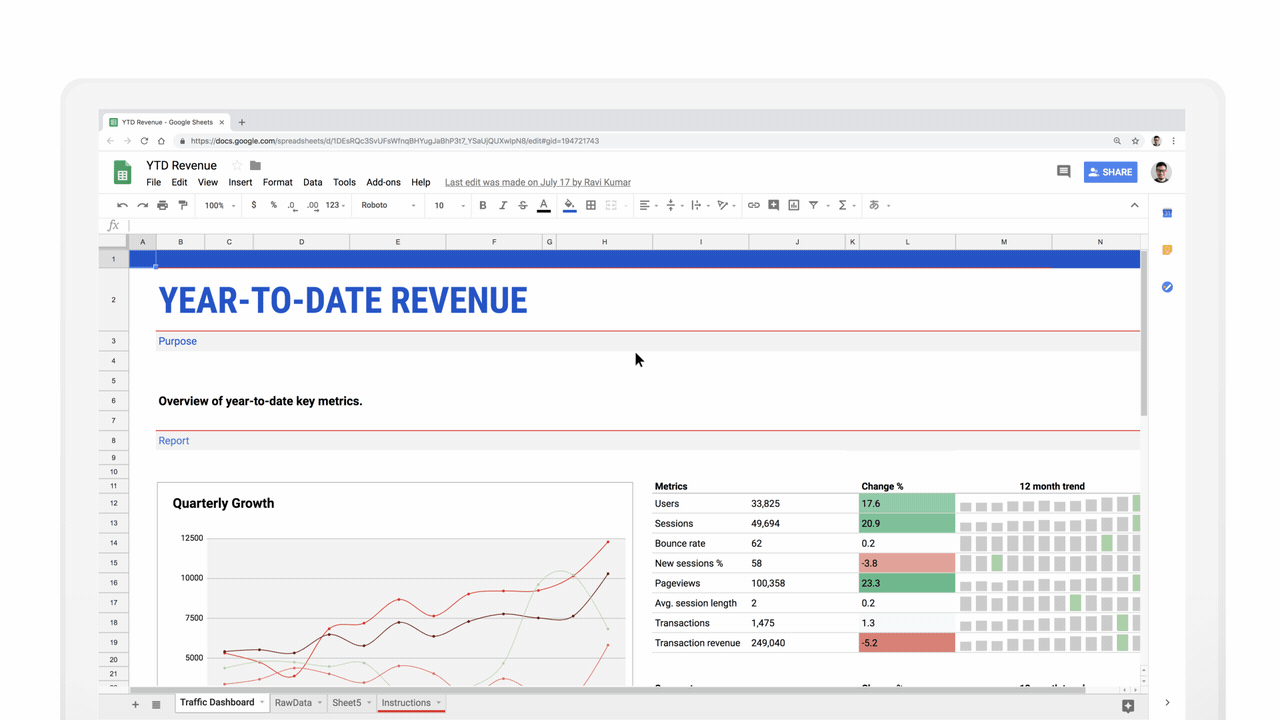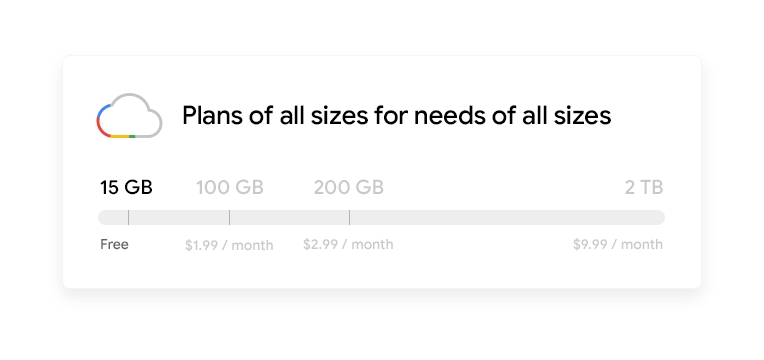Many of you store your photos and videos on both Google Drive and Google Photos, which keeps them safe and easy to access. We’ve heard feedback that the connection between these services is confusing, so next month, we’re making some changes to simplify the experience across Drive and Photos.
Changes to automatic sync between Google Drive and Google Photos
Starting in July, new photos and videos from Drive won’t automatically show in Photos. Similarly, new photos and videos in Photos will not be added to the Photos folder in Drive. Photos and videos you delete in Drive will not be removed from Photos. Similarly, items you delete in Photos will not be removed from Drive. This change is designed to help prevent accidental deletion of items across products.
New “Upload from Drive” feature in Google Photos
We’ve heard that many of you would like more granular control when copying photos and videos from Drive into Photos. So we’re bringing a new feature to photos.google.com called “Upload from Drive,” which lets you manually choose photos and videos from Drive, including “Shared with Me” items, to import into Photos. Once copied, these items are not connected between the two products. Since photos and videos will no longer sync across both products, items copied in Original Quality will count towards your storage quota in both Drive and Photos.
Backup and Sync for Windows and Mac will continue to work
You’ll still be able to use Backup and Sync on Windows or macOS to upload to both services in High Quality or Original Quality. As before, items uploaded in High Quality won’t count against your account storage quota, and items uploaded using Backup and Sync in Original Quality to both services will count only once towards your quota.
Your existing photos and videos will stay in Google Drive and Google Photos
Any photos or videos from Drive in Photos that you have uploaded prior to this change will remain in Photos. If you have a “Google Photos” folder in Drive, it will remain in Drive, but will no longer update automatically.
Our goal with these changes is to simplify some features that caused confusion for our users, based on feedback and our own research. We’ll continue to look for more ways to help support Drive and Photos users going forward.
If you want to take a closer look at these new changes, please check out our guide.
